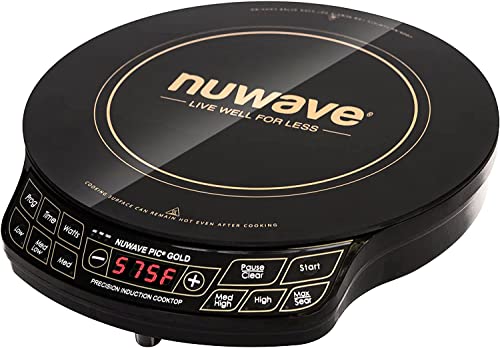CONVERTERS: Here is the other place that the RV industry has really let us down. Nearly all basic RV’s, whether they are trailers, fifth wheels or motor homes are equipped with something called a converter or “charger”. This mislabeled item should be called a battery maintainer, because it is designed to be plugged into shore power in an RV park 24 hours a day, which is really what the RV industry wants us to do. Converters are set to maintain the batteries at the “float” voltage, about 13.5 volts, and supply a trickle charge (2-3 amps, or 25-35 watts) to keep the batteries full, while not over charging them and boiling them dry. Because of the length and size of the wiring in most rigs, the converter typically supplies less than 13 volts to the battery. Some newer three stage converters will put out over 14 volts, but that is still too low. You cannot successfully charge batteries with a converter, because you never get the batteries up to the required 14.4 volts and hold them there long enough. Don’t pay any attention to the amp rating of the converter and don’t believe that it is a good charger just because it is labeled three stage. DO NOT WASTE YOUR MONEY UPGRADING TO A THREE STAGE CONVERTER, THINKING IT WILL BE ANY BETTER. It will put the rated amps out for a very short time after you have run the batteries down or have just plugged in and it will drop to float the second it reaches whatever set point they used, then it will taper the amps off to a trickle at about 13 volts, long before the batteries are full. Plus, if you have any solar power, the voltage it puts out will be sensed by the converter and cause it to go into trickle charge mode even sooner. I installed a new 60 amp Intellipower converter in a friend’s rig & when we started the generator I measured only 4 amps output at 13.6 volts right away. It dropped from bulk charge to float in seconds, and those batteries were not full. Does that sound like a battery charger to you? Their own spec sheet says that it drops to float when the batteries are at 90% and in my experience this is very optimistic. My solar system actually puts more amps (3.5 amps) into my batteries on a cloudy day than your average converter does, and I can’t keep my batteries charged when it is cloudy, even with that trickle charge working all day. Therefore, you can’t expect your converter to charge them, either. You are actually lucky to ever get your batteries over 80% full with a converter that is plugged in for several days unless the rig is stored and no electricity is being used. The single battery supplied on most small rigs holds about 90 amp hours. That is about 30 hours of charging from the converter, but at the same time you are still running loads and reducing the power actually going to the batteries, so we are talking days, not hours. The truth is that it takes even longer because batteries are not 100% efficient, especially when they get closer to full. In 2007 I repaired the solar system on a friend’s motor home that had been plugged in for a full month at a park and then driven to our camp for a half hour, with the engine alternator charging the batteries. He arrived with his house batteries at 12.5 volts and the hydrometer showing them about 75% charged. This is typical of rigs that are kept in RV parks & occasionally taken out to boondock. They never have fully charged batteries. Converters need to be plugged in 24 hours a day to work, not run for an hour or two with a generator.












































